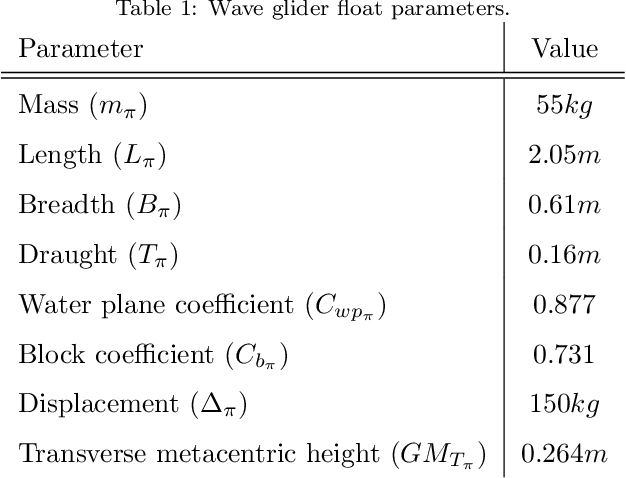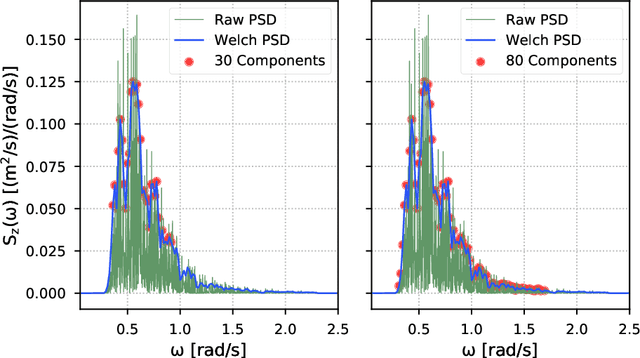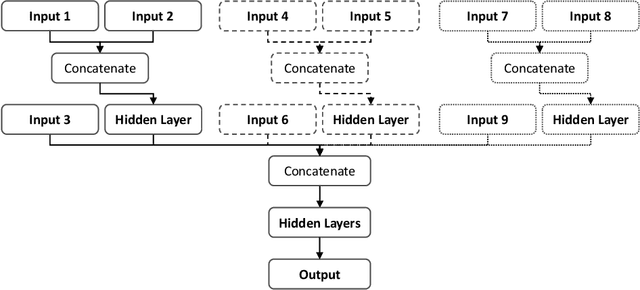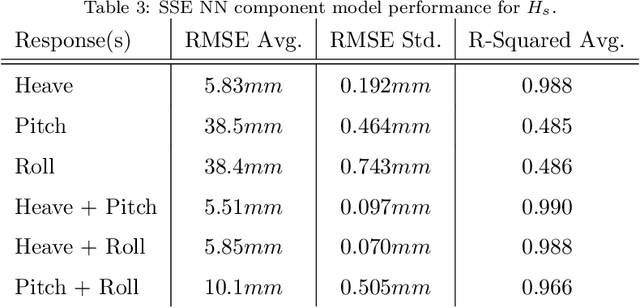Nathan K. Long
Quantum Wavefront Correction via Machine Learning for Satellite-to-Earth CV-QKD
Aug 14, 2025Abstract:State-of-the-art free-space continuous-variable quantum key distribution (CV-QKD) protocols use phase reference pulses to modulate the wavefront of a real local oscillator at the receiver, thereby compensating for wavefront distortions caused by atmospheric turbulence. It is normally assumed that the wavefront distortion in these phase reference pulses is identical to the wavefront distortion in the quantum signals, which are multiplexed during transmission. However, in many real-world deployments, there can exist a relative wavefront error (WFE) between the reference pulses and quantum signals, which, among other deleterious effects, can severely limit secure key transfer in satellite-to-Earth CV-QKD. In this work, we introduce novel machine learning-based wavefront correction algorithms, which utilize multi-plane light conversion for decomposition of the reference pulses and quantum signals into the Hermite-Gaussian (HG) basis, then estimate the difference in HG mode phase measurements, effectively eliminating this problem. Through detailed simulations of the Earth-satellite channel, we demonstrate that our new algorithm can rapidly identify and compensate for any relative WFEs that may exist, whilst causing no harm when WFEs are similar across both the reference pulses and quantum signals. We quantify the gains available in our algorithm in terms of the CV-QKD secure key rate. We show channels where positive secure key rates are obtained using our algorithms, while information loss without wavefront correction would result in null key rates.
Phase Correction using Deep Learning for Satellite-to-Ground CV-QKD
May 30, 2023Abstract:Coherent measurement of quantum signals used for continuous-variable (CV) quantum key distribution (QKD) across satellite-to-ground channels requires compensation of phase wavefront distortions caused by atmospheric turbulence. One compensation technique involves multiplexing classical reference pulses (RPs) and the quantum signal, with direct phase measurements on the RPs then used to modulate a real local oscillator (RLO) on the ground - a solution that also removes some known attacks on CV-QKD. However, this is a cumbersome task in practice - requiring substantial complexity in equipment requirements and deployment. As an alternative to this traditional practice, here we introduce a new method for estimating phase corrections for an RLO by using only intensity measurements from RPs as input to a convolutional neural network, mitigating completely the necessity to measure phase wavefronts directly. Conventional wisdom dictates such an approach would likely be fruitless. However, we show that the phase correction accuracy needed to provide for non-zero secure key rates through satellite-to-ground channels is achieved by our intensity-only measurements. Our work shows, for the first time, how artificial intelligence algorithms can replace phase-measuring equipment in the context of CV-QKD delivered from space, thereby delivering an alternate deployment paradigm for this global quantum-communication application.
Response Component Analysis for Sea State Estimation Using Artificial Neural Networks and Vessel Response Spectral Data
May 05, 2022



Abstract:The use of the `ship as a wave buoy analogy' (SAWB) provides a novel means to estimate sea states, where relationships are established between causal wave properties and vessel motion response information. This study focuses on a model-free machine learning approach to SAWB-based sea state estimation (SSE), using neural networks (NNs) to map vessel response spectral data to statistical wave properties. Results showed a strong correlation between heave responses and significant wave height estimates, whilst the accuracy of mean wave period and wave heading predictions were observed to improve considerably when data from multiple vessel degrees of freedom (DOFs) was utilized. Overall, 3-DOF (heave, pitch and roll) NNs for SSE were shown to perform well when compared to existing SSE approaches that use similar simulation setups. Given the information-dense statistical representation of vessel motion responses in spectral form, as well as the ability of NNs to effectively model complex relationships between variables, the designed SSE method shows promise for future adaptation to mobile SSE systems using the SAWB approach.
 Add to Chrome
Add to Chrome Add to Firefox
Add to Firefox Add to Edge
Add to Edge